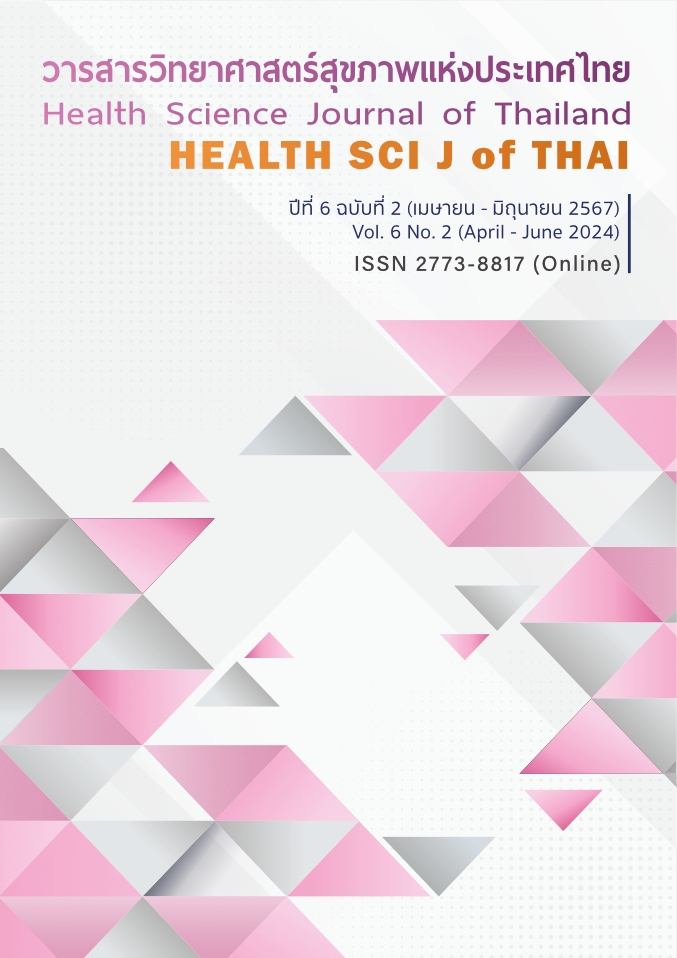Model of Consumer Protection in a Community
Main Article Content
Abstract
The action research developing a model of consumer protection in the community collected data from 108 participants, including consumers, entrepreneurs, executives, and workers of local authorities, and non-government organizations, using group discussions, in-depth interviews, and the operational feasibility questionnaire. The consumer protection model consisted of: 1) consumer protection management within the community by the volunteer groups; 2) consumer protection system management composing of policy, plans, budget, monitoring and evaluation, and representatives of volunteers in the sub-committee; 3) management of collaboration among partners; 4) creation of knowledge for sustainability; and 5) creation of the understanding process for the implementation. 64.52% of the participants were satisfied with the model’s design at a high level. The samples thought that the model serves the consumers’ needs (87.10%), influences on the entrepreneurs (61.29%), affects the structure and operation of the municipality (19.35%), and is adaptable (87.10%). Moreover, the sample also thought the municipality had a sufficient number of staff (54.84%), the staff are knowledgeable (80.65%) but not specialized, and the volunteers help transfer the knowledge thoroughly with empowerment. However, there should be knowledge creation about the protection for the subcommittee, staff, entrepreneurs, and consumers.
Article Details

This work is licensed under a Creative Commons Attribution-NonCommercial-NoDerivatives 4.0 International License.
References
Office of the Auditor General of Thailand, Office of the Prime Minister. Audit Report of the Office of the Consumer Protection Board,2017(InThai).http://www.oic.go.th/FILEWEB/CABINFOCENTER2/DRAWER060/GENERAL/DATA0000/00000509.PDF
Office of the National Economic and Social Development Council.ThailandSocial’sOutlookofQ1/2022.2022.https://www.nesdc.go.th/main.php?filename=social_outlook
Office of the National Economic and Social Development Council. Thailand Social’s Outlook of Q2/2022. 2022. https://www.nesdc.go.th/main.php?filename=social_outlook.
Siriluk Ruenruay. Management of Drugs and Health Product Related Problems in Communities via the Network of Home, Temple, School and Hospital. Thai Journal of Pharmacy Practice. 2020; 12(3): 856-868. (In Thai)
Angkanavisul T, Musikacha P. Lessons learned from the project on drug safety management within community by engaging the network of partners in Phra Nakhon Si Ayutthaya during 2015-2017. 2018; 10(1): 142-160.
Withima M. A study to develop a model for health consumer protection in the subdistrict administration organization case study: Pakpoon Nakhon Si Thammarat Subdistrict Administration Organization. A thesis in Master of Pharmacy. Prince of Songkla University, 2010. (In Thai)
Somchai L. The Model of Independent Organization for Consumer Protection in Local Government. A Thesis in Master of Pharmacy in Social and Administrative Pharmacy. Prince of Songkla University, 2011. (In Thai)
Consumer Protection Commission Working Group. Supporting documents of the Sub-Commission to study guidelines and recommendations for solving problems of consumer protection in the House of Representatives Consumer Protection Committee. 2019. (In Thai). https://www.parliament.go.th/ewtcommittee/ewt/25_consumer/ewt_dl_link.php?nid=370&filename=index
Ohta R, Ryu Y, Kataoka D, Sano C. Effectiveness and challenges in local self-governance: multifunctional autonomy in Japan. Int. J. Environ.Res.PublicHealth.2021;18(2):574.https://doi.org/10.3390/ijerph18020574.
Patcharapa T. Collaborative Governance: Factors affecting its formation and implementations. Burapha Journal of Political Economy. 2020; 8(1): 131-154.


